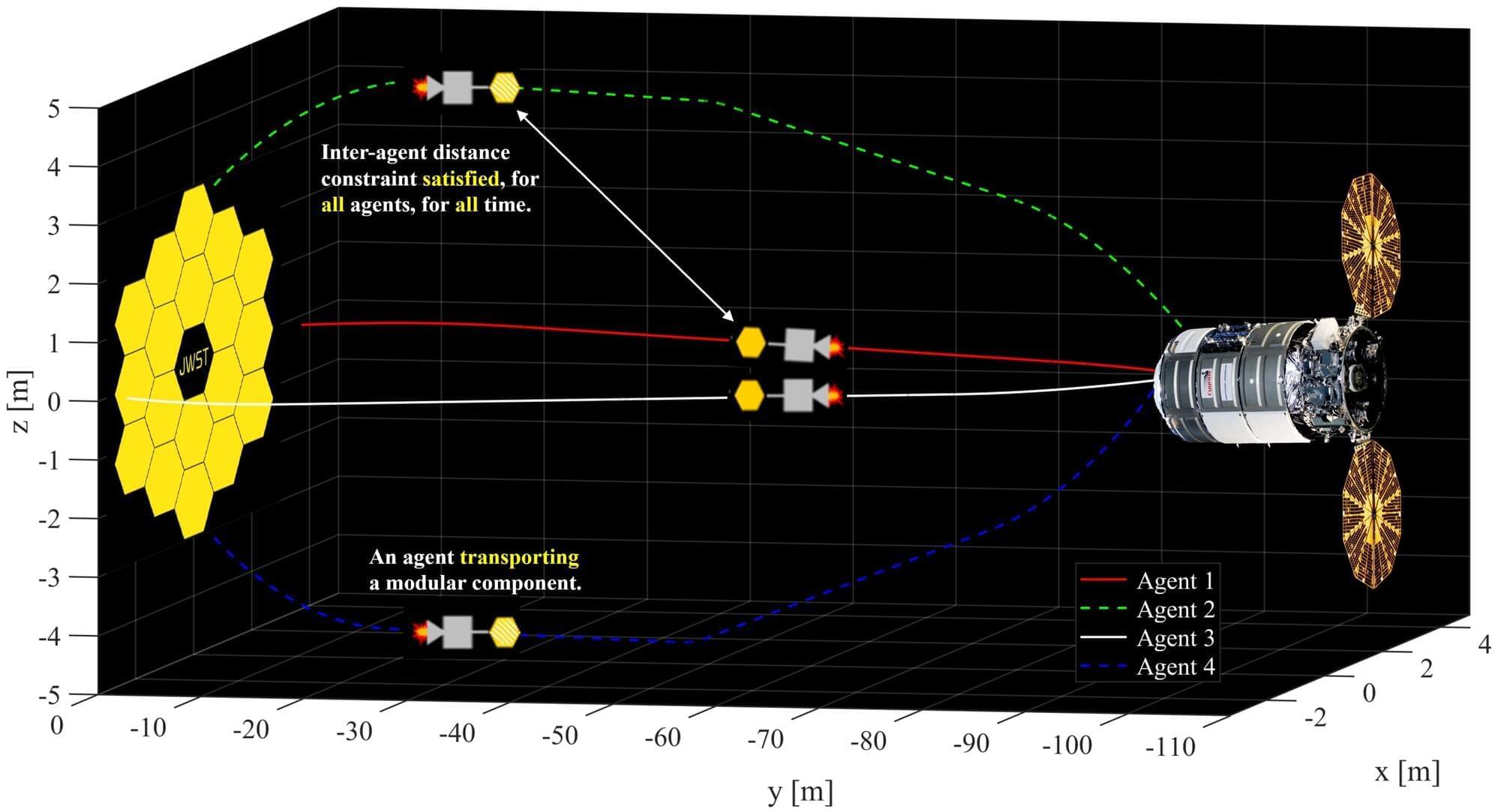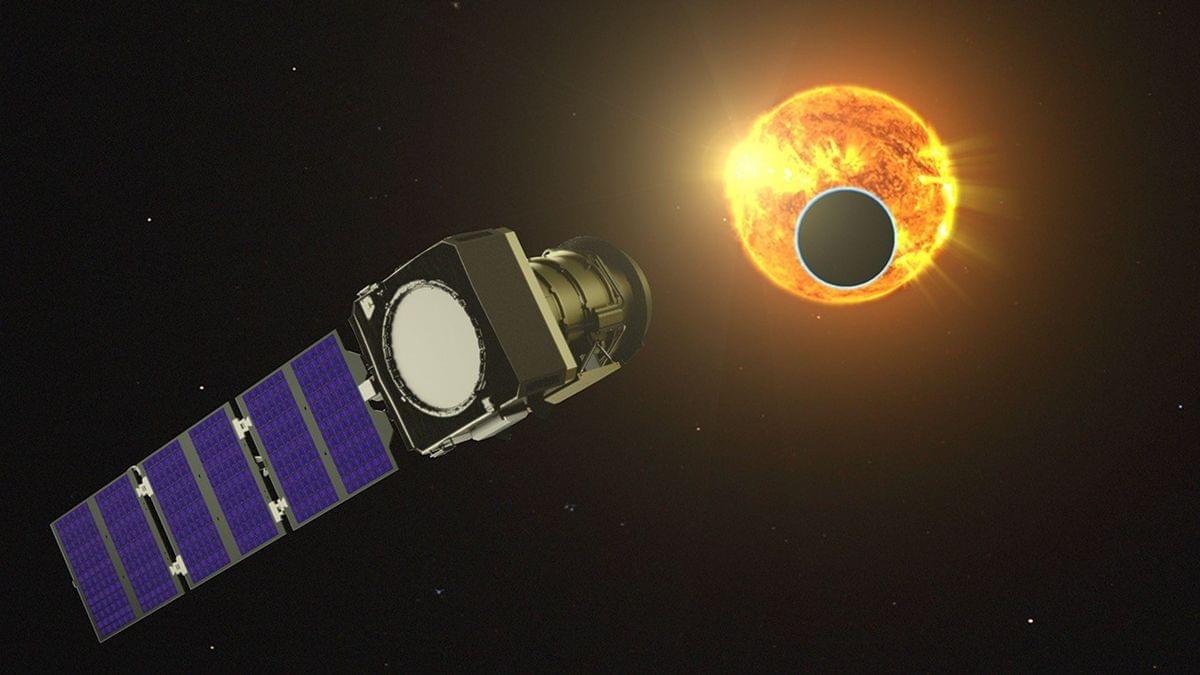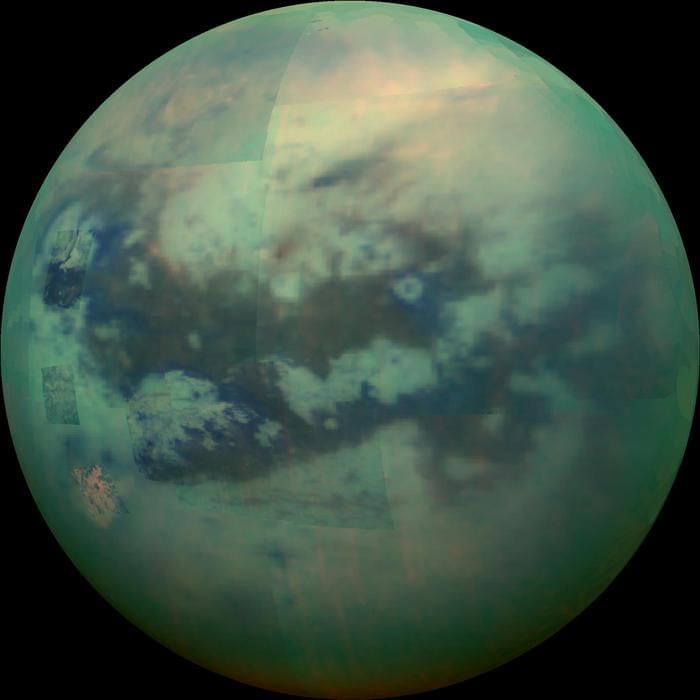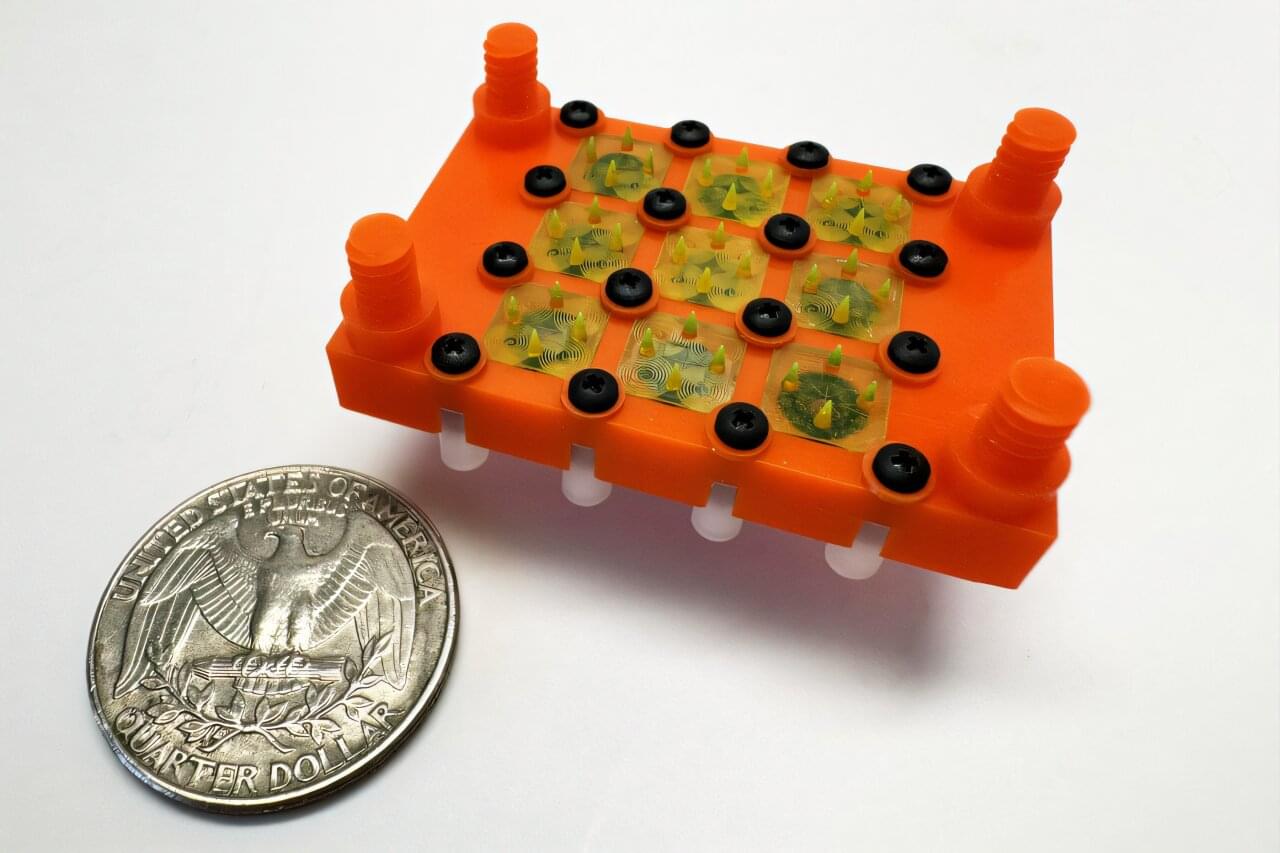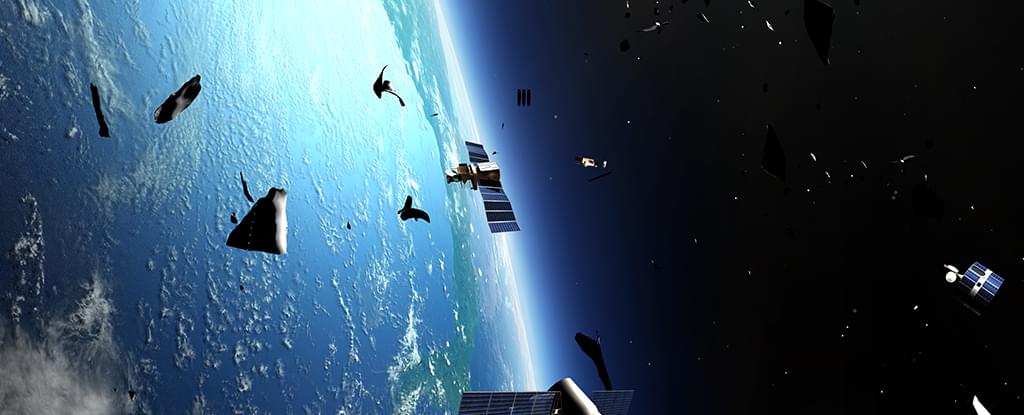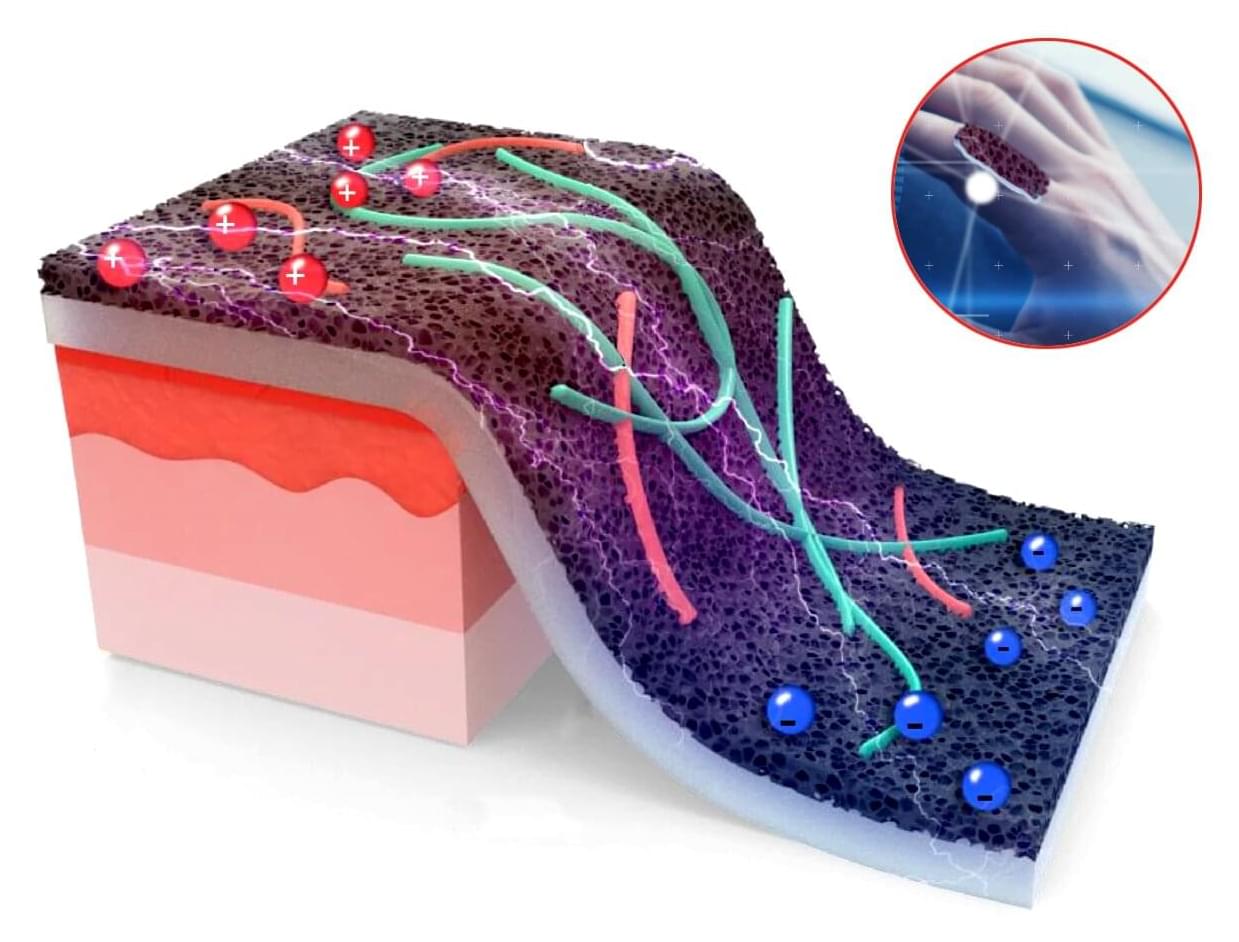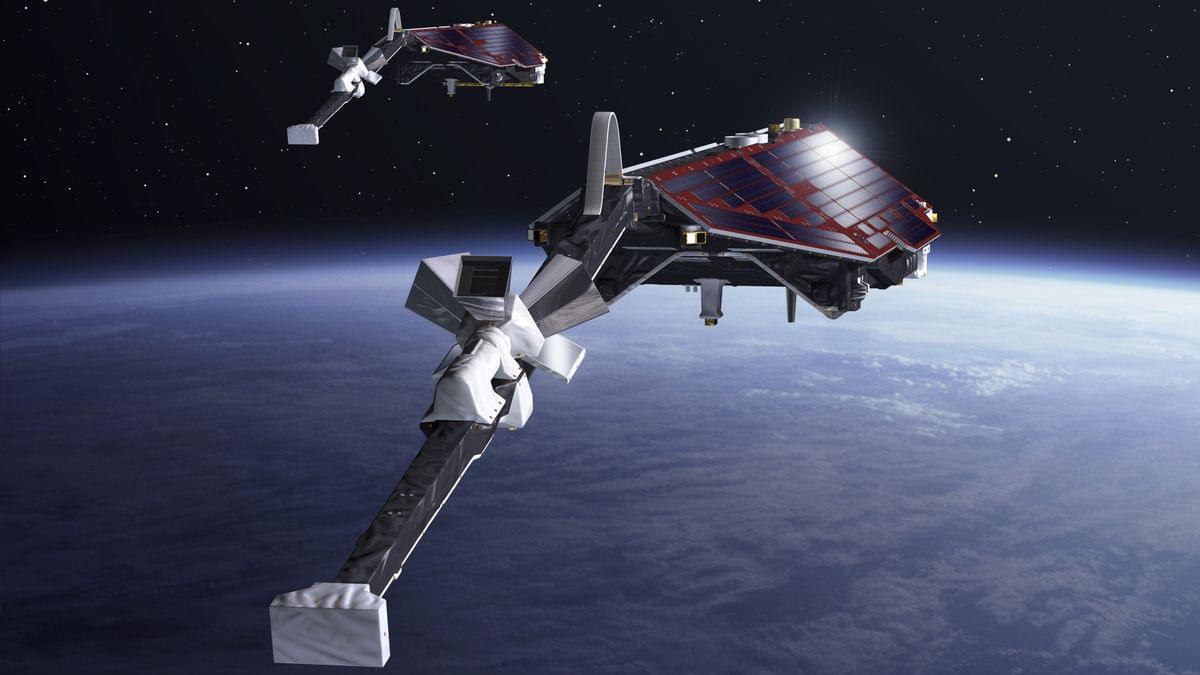As more satellites, telescopes, and other spacecraft are built to be repairable, it will take reliable trajectories for service spacecraft to reach them safely. Researchers in the Department of Aerospace Engineering in The Grainger College of Engineering, University of Illinois Urbana-Champaign are developing a methodology that will allow multiple CubeSats to act as servicing agents to assemble or repair a space telescope.
Published in The Journal of the Astronautical Sciences, their method minimizes fuel consumption, guarantees that servicing agents never come closer to each other than 5 meters, and can be used to solve pathway guidance problems that aren’t space related.
“We developed a scheme that allows the CubeSats to operate efficiently without colliding,” said aerospace Ph.D. student Ruthvik Bommena. “These small spacecraft have limited onboard computation capabilities, so these trajectories are precomputed by mission design engineers.”
